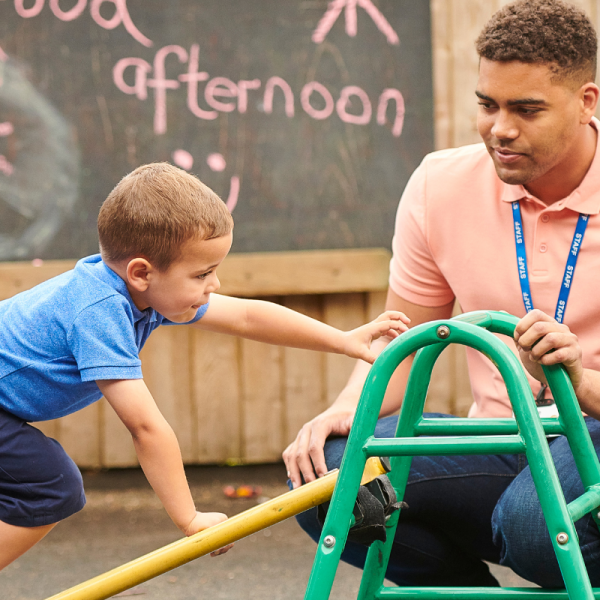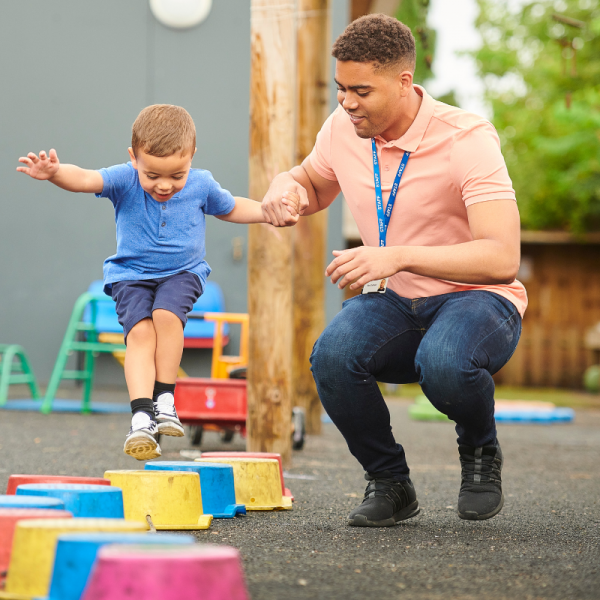
Video: Developing Scissor Skills
In this video, you'll learn simple strategies from and occupational therapist to help children build their scissor skills.

In this video, you'll learn simple strategies from and occupational therapist to help children build their scissor skills.

In this video, you'll gain practical strategies from an occupational therapist to help develop pencil grasp.

Motor planning is an important set of skills that help us move around our environment. Here are some ideas to help your child build their motor planning skills.

Balance is an important motor skill that helps children move around their environment to participate in activities for learning. Learn some simple activities to help your child build their balance.